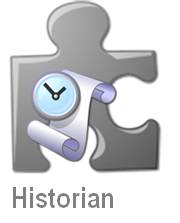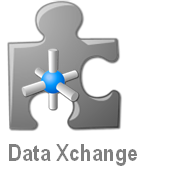Case Study: InSQL to PI Migration

This case study describes the process, the challenges and the outcomes of a historical data migration project. This project consisted of migrating data from two Wonderware (Industrial SQL) Historians to a single OSISoft PI Historian. The PI Historian had replaced the InSQL Historians, but this resulted in valuable historical data being split across three historians. By migrating the historical data from the two InSQL Historians to the PI Historian, all the historical data became available in the PI Historian, and the two InSQL Historians could be decommissioned. We will refer to the 2 InSQL Historians as ‘InSQL 1’ and ‘InSQL 2’. These two historians had the following properties: InSQL 1: Time span: 4 year and 7 months. No. of Tags: approx. 23 000. InSQL 2: Time span: 1 years and 11 months. No. of Tags: approx. 40 000. The InSQL Historians not only overlapped in time, but also had common tags which extracted their data from the same source. The tags in the PI Hist



